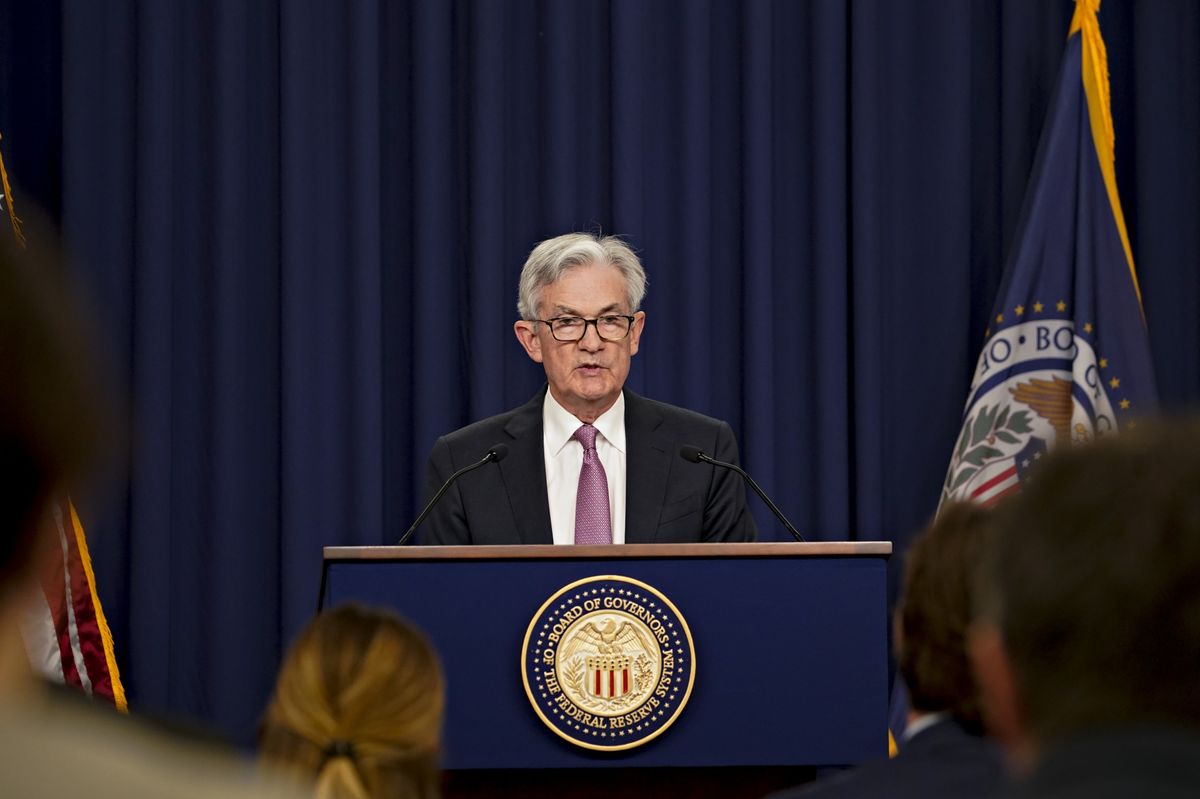How will FED deal with risk of recession?
The Federal Reserve (FED) is massively behind the curve given the surge in inflation, and now it is in the process of catching up. This is, however, unlikely to go as smoothly as the FED and investors might hope.

FED hiked rates by half a percentage point in fight against inflation at the recent meeting.
The US economy looks robust, with GDP growth likely to be around 3.5% this year. But while robust growth is normally good, it is problematic when the FED is trying to slow activity to control inflation which has shot up to 8.5% in terms of the CPI measure. The labour market in particular remains very tight, with record vacancies. This rather suggests that the labour market won’t be as responsive to higher rates as before. Firms are still likely to offer higher wages to lure workers, while workers themselves continue to shop around for higher-paid positions.
The dearth of qualified labour is replicated by the lack of housing supply, and hence this traditionally interest-sensitive part of the economy may also prove more immutable to rate hikes than before. Inflation will still come down despite these impediments – but Mr. Steve Barrow, Head of Standard Bank G10 Strategy is very doubtful that the Fed can bring PCE inflation back down to the 2.6% level that it is predicting for next year.
“Our own forecast is that CPI inflation would still be up at 4% next year, which implies that PCE inflation will be over 3%. If the Fed is really determined to drive inflation back down to the target in the next few years, it might well have to create recessionary conditions, and we are not at all sure that it is prepared to do this. Of course, a recession is very possible, even if the Fed does not tighten policy substantially, as there is a plethora of international risks, not least a recession in Europe borne of the Russia/Ukraine conflict”, Mr. Steve Barrow said.
In coming months, the Fed will be focused on catching up with the policy tightening it really should have done some time ago. Members seem determined to lift the fed funds target to neutral, which the FOMC puts at around 2.5% by year-end, and that will require a number of 50-bps hikes at coming meetings. Should the Fed also start quantitative tightening at a pace of up to USD95bn in bond sales per month, then this could add an effective extra 25-bps this year, and clearly more in subsequent years. But even all of this won’t be enough to push the inflation genie back into the lamp.
Policy will have to become restrictive, with the fed funds target likely to rise by up to a percentage point above the neutral rate and the near-USD9tr balance sheet cut in half in coming years. Just how all of this impacts longer-term yields clearly depends on whether this tightening is too much to bear for the economy and things slide over into a recession.
Should that happen, 10-year treasury yields, for instance, could peak in the 3.5% region early next year, in Mr. Steve Barrow’s view, and then slump back towards 2% later in the year as growth falls over. But if the economy proves more robust and hence inflation more intractable, yields will likely rise further. At the moment, he leans to the former view, but it is a close call. The dollar too will be impacted by the answer to this question, and hence he leans towards the view that current strength will peter out in coming months, with the euro, for instance, rising to 1.25 over the next few years.
However, it is important to note that Standard Bank’s euro/dollar forecast has been cut back sharply from the 1.40 region it was predicting previously – and much of this reduction reflects the longer-term costs to the euro zone economy from the Russia/Ukraine conflict. Should Russian energy supply to the euro zone be cut, then we could be looking at sub-parity levels for euro/dollar.
In Mr. Steve Barrow’s view, these costs to euro/dollar will outweigh the possible benefits to euro/dollar, should dollar usage decline in the wake of the US’s second “weaponization” of the dollar (the first being in relation to Iran). For there is speculation that the US’s willingness to use sanctions, to freeze dollar reserves and cut access to the Swift payment system, will make other private and official dollar holders around the world reduce their own dollar holdings for fear of similar actions in the future. While this is a risk, Mr. Steve Barrow thinks it is overplayed. The dollar should still slide over the long haul but that would reflect overvaluation and longer-term monetary trends rather than a decline in the dollar’s international role.








